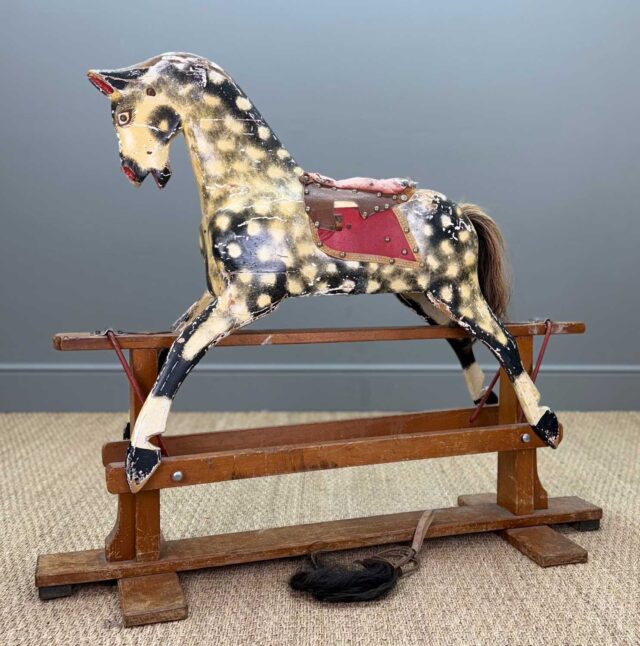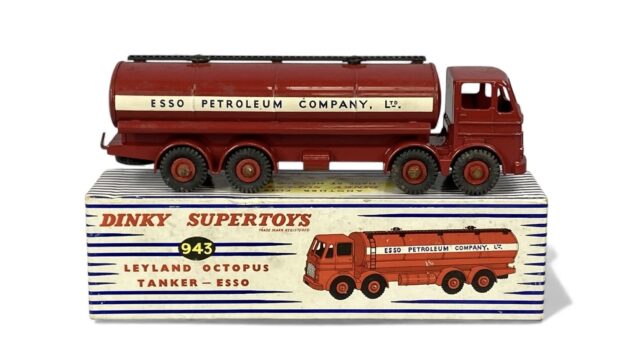Rocking Horses
With two charming rocking horses appearing in our upcoming Cardiff Monthly sale, it’s the perfect time to explore the history of this timeless children’s favourite.
Which horse is your money on?

Early Rocking Horses
The earliest surviving rocking horses date from the early 17th century. One example, carved from a single solid piece of elm and mounted on D-shaped rockers c.1610, is on display at the V&A.
Although there is no conclusive evidence, the rocking horse has often been linked with the childhood of King Charles I, who as a boy struggled to walk due to rickets. His guardians, Sir Robert and Lady Carey, arranged remedial treatment between 1605 and 1611, and it is thought that a rocking horse may have been commissioned to help strengthen his legs.
By 1610 Charles had improved dramatically - he could walk, ride, dance, and even play tennis.
A Growing Fashion
By the mid-19th century, the rocking horse industry was booming. In 1877 there were eleven rocking horse manufacturers in London alone. The Industrial Revolution brought more advanced production techniques, and the introduction of lathe turning allowed for more elaborate yet standardised designs, making rocking horses increasingly affordable and popular.
Although traditional bow rockers remained fashionable, their drawbacks—fragility in transport, safety concerns, and the damage they caused to floors and walls—prompted calls for innovation. One of the most successful solutions came from P. J. Marqua of Cincinnati, whose 1880 patent for the ‘Safety Stand’ replaced the curved rockers with a stationary frame that allowed the horse to swing safely on a fixed base, greatly reducing the risk of tipping over.
J. Collinson & Sons
J. Collinson & Sons began in 1836 in Liverpool, and the business continued in the same family ownership, through five generations until it closed in 1993.
In 1851, Queen Victoria famously visited the workshop of J. Collinson in Liverpool and chose a dappled grey rocking horse to take home. Since then dappled grey has been the only colour J. Collinson has produced.

F. H. Ayres
F. H. Ayres traces its roots back to London in 1810 when Edward Ayres started his business as a cabinet maker; beautiful rocking horses were then produced in great numbers from 1864 from workshops in Aldersgate Street, where by 1895 they employed a staff of 600. During WWII the factory at Aldersgate was repurposed for manufacture of military kit, uniform, parachutes, and wooden aeroplane parts, and at one point suffered a direct hit form German bombers. Often regarded as the 'Rolls Royce of horses', their rocking horses were retailed through famous department stores such as Harrods and Selfridges.

Which horse do you think will win the race at auction - is your money on Collinson or Ayres?
Cardiff Monthly takes place on Tuesday 11th November, view the full catalogue online here.




